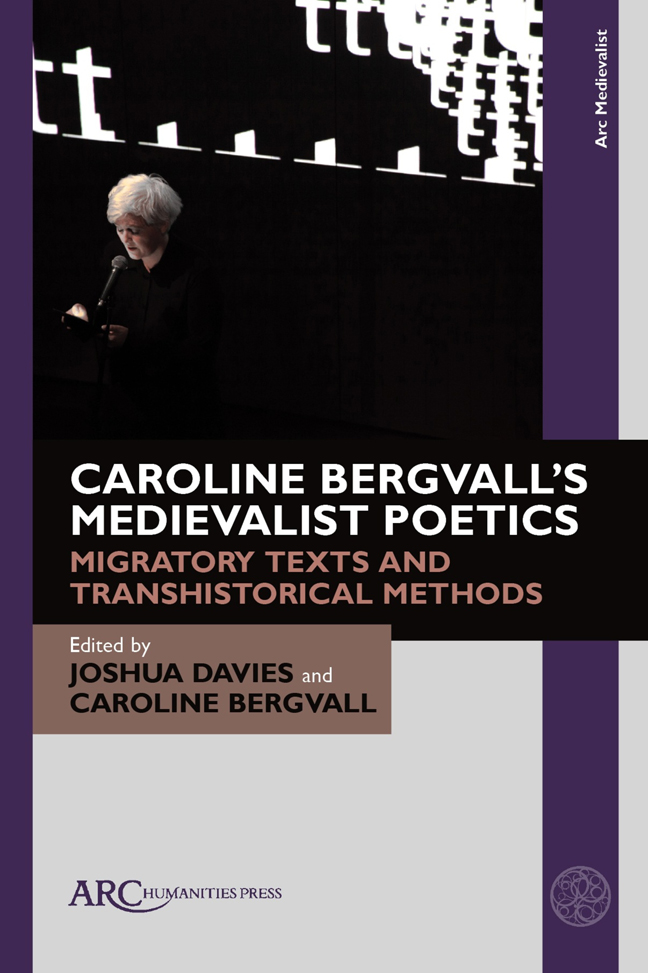Chapter 28 - Interview with Eva Heisler (2016)
Published online by Cambridge University Press: 20 February 2024
Summary
Eva Heisler: Looking at the installation photos of Middling English at John Hansard Gallery or the various sitings of Say: “Parsley,” I thought of Vladimir Nabokov’s comment on translating Pushkin: “I want translations with copious footnotes, footnotes reaching up like skyscrapers to the top of this or that page so as to leave only the gleam of one textual line between commentary and eternity.” In your case, the footnotes are “aural excavations” (as David Kaufmann nicely put it in his review of Drift), and they reach across walls and through the spaces of a gallery.
Your works are multilingual, and it strikes me that many are not translatable, perhaps even actively resistant to translation even though you engage with translations, and many of your projects work with translations as artifacts.
Can you talk about your use of translations as material with which you both creatively and critically explore voice and language?
Are your own projects ultimately untranslatable?
Caroline Bergvall: Nabokov’s notion is wonderful and provocative. It considers the translative operations themselves as an active part of the textual matter. Translation becomes articulated as a network, first and foremost commentary and context. This doesn’t necessarily make it dauntingly scholarly even if the translation shows its threads, as it were.
Following Nabokov’s architectural analogy, I might want to think of translation as a construction site with no definite end in sight. A bit like Berlin in the 1990s or London in the mid-noughties. I tend to view translation as enabling the emergence of a materiality based on traffic and imperfect dialogues more than on singular or attempted mirrored language occupancy
My ideas around writing have increasingly to do with excavations, digs, and showing up cross-sections of language-matter. I investigate root texts and their languages, but I don’t consider myself a translator, and I don’t have a mission to bring texts back to my context in any recognizable form or shape. Instead, I look at some of the methods of these texts or structures of language for my own work, and for strategies that might allow the ancient material to make a transhistorical jump into contemporaneity.
- Type
- Chapter
- Information
- Caroline Bergvall's Medievalist PoeticsMigratory Texts and Transhistorical Methods, pp. 209 - 214Publisher: Amsterdam University PressPrint publication year: 2023



